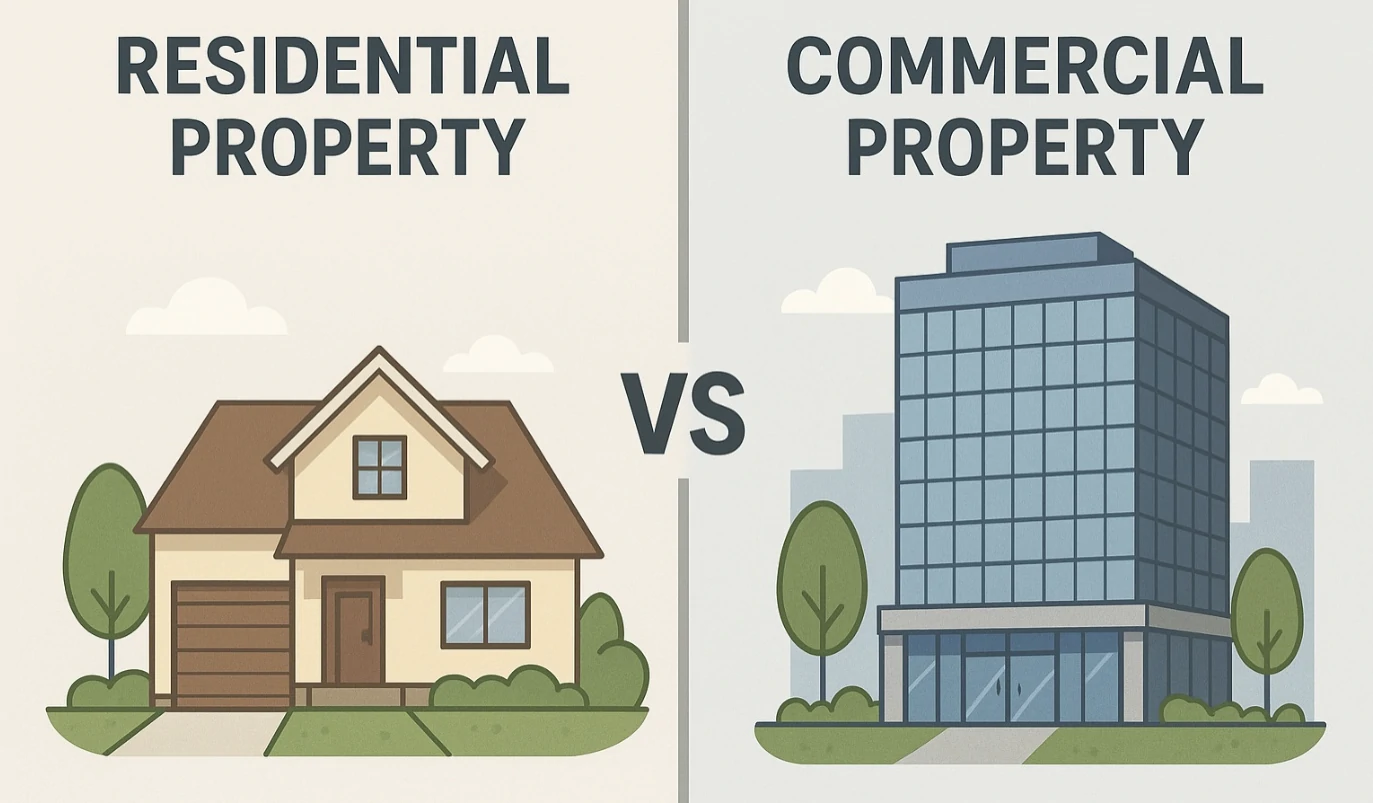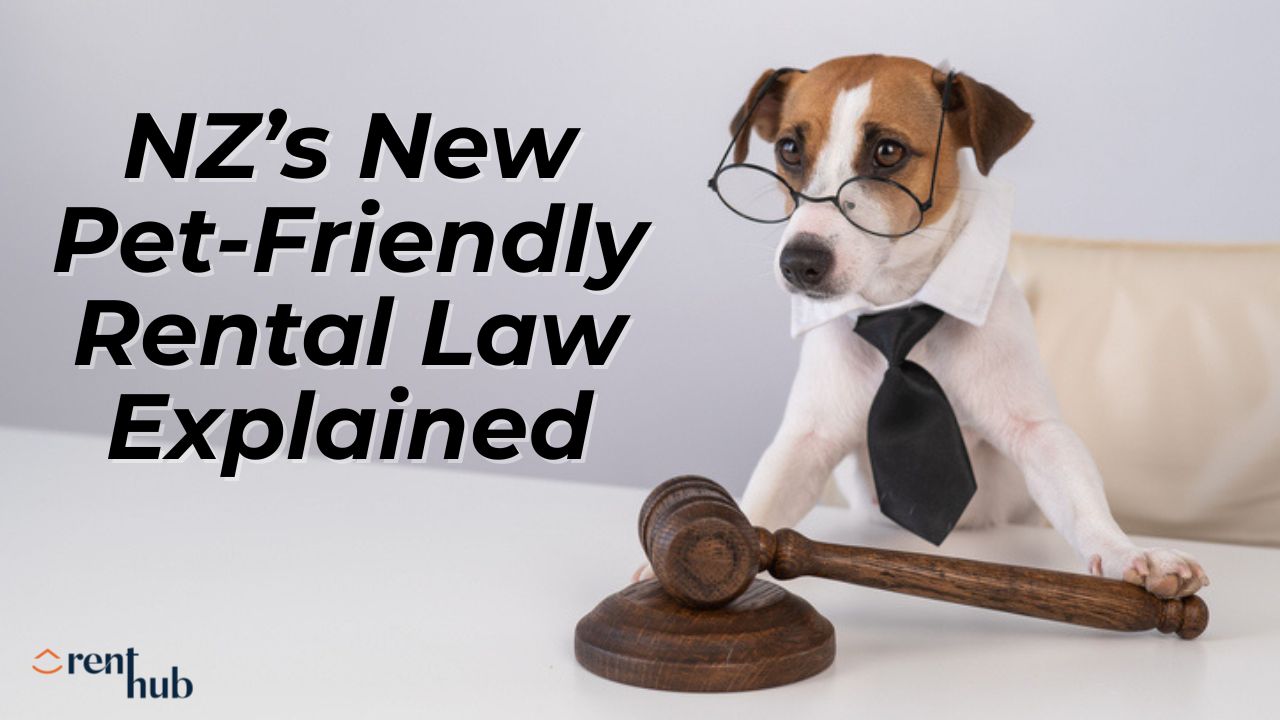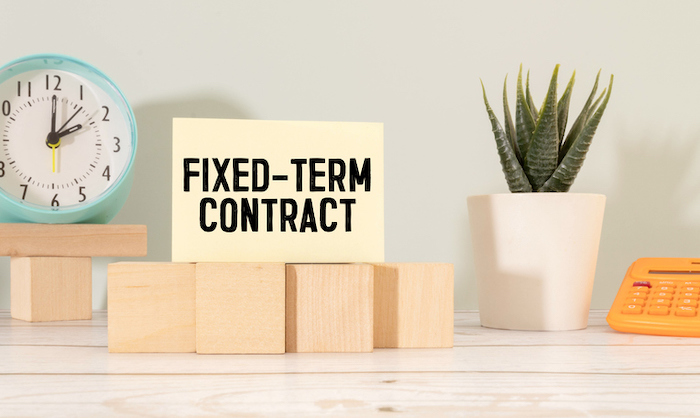I recently caught up with a seasoned investor who owns both residential and commercial property across Auckland. As we chatted through the ups and downs of today’s rental market, he shared something that really stuck:
“I have this high-end apartment, but the body corp fees alone are $200 a week. I need to rent it for $600 just to make the numbers work.”
That one line perfectly captures one of the biggest lessons landlords eventually learn: residential property income is dictated by the market, not your costs. And that’s just the beginning of how differently the two property types operate.
Let’s break it down.
🏠 Residential Property: The Market Decides
In residential real estate, your rental income is at the mercy of supply and demand. You could have a beautifully finished, brand-new unit, but if there are too many similar listings and not enough renters, it won’t matter how much it costs you to own. Renters simply won’t pay more than the market allows.
That same investor mentioned he’s shelling out $200 a week on Body Corp fees alone. Add in insurance, rates, and maintenance, and he realistically needs to bring in $600 per week just to break even. But in today’s softer market, tenants are offering $500 to $550.
So, what are his options? Either take a hit, or sit tight and wait. And waiting can mean weeks, even months, of zero income.
In residential, you can’t force your costs onto tenants. The market sets the price, and if you don’t match it, your property sits empty. Simple as that.
🏢 Commercial Property: Predictable, Structured, and (Mostly) on Your Terms
Now flip to commercial, and it’s a whole different story.
Commercial leases aren’t just about rent. They’re contracts. They typically include annual rent increases (often tied to CPI), clauses that push outgoings like insurance and rates onto the tenant, and multi-year terms that give you predictability.
Let’s say you lease a small office to a consulting firm. Your lease might say:
- $30,000 per year base rent
- Annual CPI increase
- Tenant pays all outgoings
- 6-year term with renewal options
This means you’re not absorbing every rising cost. You’re not sweating over whether your insurance premium jumped. It’s the tenant’s responsibility, not yours.
Better still, commercial leases are usually negotiated around your return, not just the tenant’s budget. Businesses are often more prepared to pay a premium for location, convenience, and fit-for-purpose space. If the space suits their operations, they’ll make the numbers work.
📊 Quick Comparison
| Feature | Residential Property | Commercial Property |
|---|---|---|
| Rent based on | Market supply and demand | Negotiated lease terms |
| Outgoings covered by | Landlord | Tenant |
| Lease structure | Short-term, flexible | Long-term, fixed, often with increases |
| Vacancy risk | Lower | Higher |
| Income predictability | Lower | Higher |
So, Which Is Better?
It depends on your strategy.
Residential is more accessible, easier to rent quickly, and often seen as a stepping stone for first-time investors. But you’re more exposed to market forces and tenancy regulations, and your ability to recover costs is limited.
Commercial, on the other hand, offers better structure and income certainty, but comes with longer vacancy periods and more complexity in tenant negotiations.
That investor I spoke to? He owns both. And he’s learned the value of treating each asset type differently, not just by rent price, but by how the income is generated and protected.
Final Thought
If you’re thinking about investing, look beyond the headline rent. Two properties bringing in $600 per week can produce very different outcomes depending on whether that income is stable, increasing, or vulnerable to changing markets.
Because in property, just like in business, structure matters just as much as price.
Want help navigating the rental property investment market? Let’s chat. Give us a call on 09 630 2655 for a free consultation.



